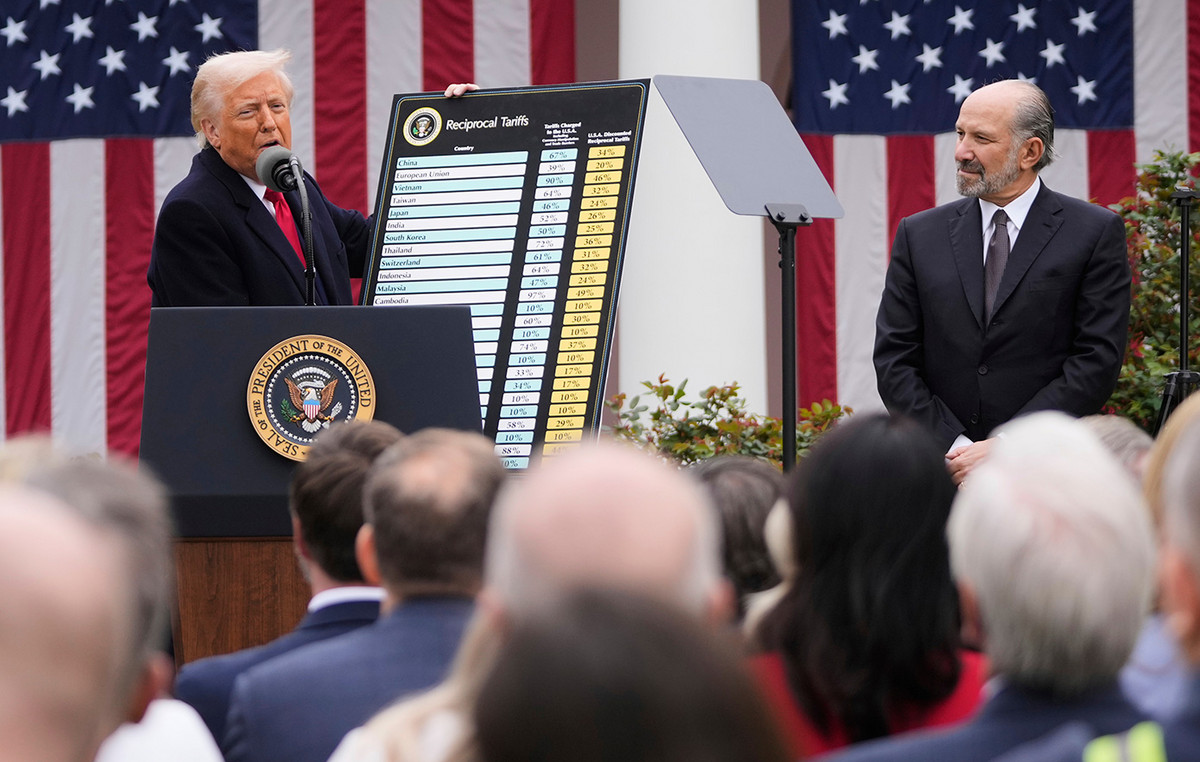Two setbacks that occurred in the United States this week in the race with China to the Moon illustrate the risks of NASA's plans to bet on a new strategy heavily dependent on private companies.
Recent delays in the US space agency's Artemis lunar program and a propulsion problem that derailed US company Astrobotic's robotic lunar rover highlight the difficulties faced by the only country to have set foot on the Moon.
The US plans to send astronauts back to the Moon at the end of 2026. The country was aiming for 2025, but postponed the forecast this week. China, on the other hand, aims for its manned landings in 2030. Before the arrival of humans, each space power plans to send several smaller robotic missions to examine the lunar surface. China's program, financed by the country's government, has achieved a series of achievements.
The Astrobotic lunar rover carried seven NASA instruments that would be used to inspect the lunar surface. Although the lander will not reach the surface intact, three other NASA-sponsored private missions, including a second attempt by Astrobotic, are planned for this year.
NASA is leaning heavily on other companies, such as Elon Musk's SpaceX — which will pay for the use of its Starship HLS lunar landing spacecraft — to reduce the cost of its missions. The last manned trips to the Moon were the US Apollo missions more than half a century ago, when NASA owned all the spacecraft involved.
“I think China has a very aggressive plan,” NASA chief Bill Nelson said on Tuesday after announcing the delay of the Artemis mission.
“I think they would like to land before us,” he said. “But I actually don’t think they can.”
(Reporting by Joey Roulette)
Source: CNN Brasil
Charles Grill is a tech-savvy writer with over 3 years of experience in the field. He writes on a variety of technology-related topics and has a strong focus on the latest advancements in the industry. He is connected with several online news websites and is currently contributing to a technology-focused platform.







